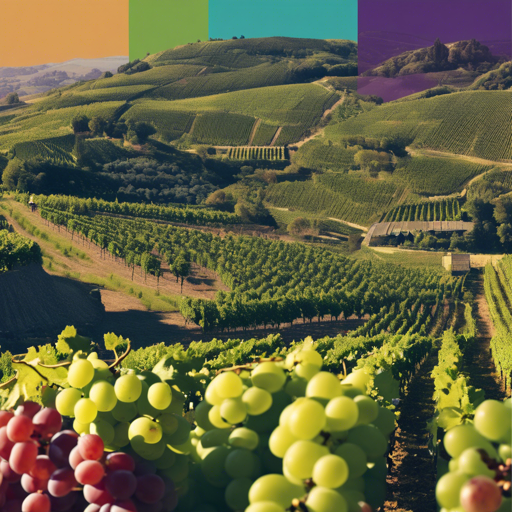Welcome to the fascinating world of machine learning, where we explore how Convolutional Neural Networks (CNNs) enable the classification of different grape varieties. Using a diverse dataset and advanced algorithms, we can objectively categorize grapes, enhancing insights and applications in the wine industry.
Supported Varieties
This innovative approach recognizes and classifies the following grape varieties:
- Códega
- Moscatel Galego
- Rabigato
- Tinta Roriz
- Tinto Cao
- Touriga Nacional
Get Started with CNN Models
A CNN model works similarly to how our brains process visual information. Think of it this way: when you look at a grape, your brain automatically identifies its features like color, shape, and texture, which help in categorization. CNNs achieve this by mimicking our visual cortex’s functionality. Below, we’ll guide you through the steps to leverage CNN for grape variety classification.
Steps to Implement CNN for Grape Classification
The implementation process involves several critical steps:
- Data Collection: Gather a diverse dataset of grape images.
- Preprocessing: Resize, normalize, and augment the images to improve model accuracy.
- Model Building: Create a convolutional neural network architecture tailored for image classification.
- Model Training: Use the prepared dataset to train the model, adjusting parameters for optimal performance.
- Model Evaluation: Validate the model using a separate test dataset to ensure reliability.
Explainable AI Support
Understanding how our models make decisions is crucial, and that’s why we’ve integrated Explainable AI algorithms:
- Grad-CAM: This technique highlights the regions of the image most influential for predictions.
- Grad-CAM++: An enhanced version of Grad-CAM, offering more refined visual explanations.
- LIME: This method explains the predictions by approximating the model locally with interpretable models.
Troubleshooting Tips
When working with CNN models, you may encounter some challenges. Here are a few troubleshooting ideas:
- Ensure your dataset has sufficient variation; a lack of variety can lead to overfitting.
- If the model is not performing well, adjust the learning rate and try different architectures.
- Monitor the model for convergence during training; if it’s not converging, consider adding more layers or dropout for regularization.
For more insights, updates, or to collaborate on AI development projects, stay connected with fxis.ai.
Final Thoughts
At fxis.ai, we believe that such advancements are crucial for the future of AI, as they enable more comprehensive and effective solutions. Our team is continually exploring new methodologies to push the envelope in artificial intelligence, ensuring that our clients benefit from the latest technological innovations.
With the power of CNNs and Explainable AI, the classification of grape varieties can be accomplished with high accuracy and reliability, paving the way for a better understanding of viticulture.

